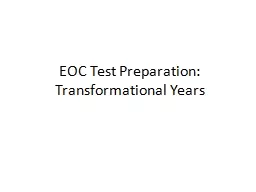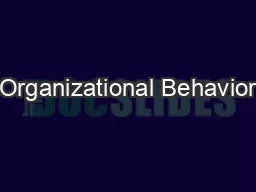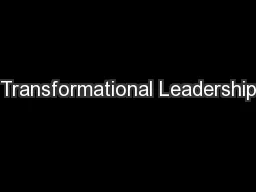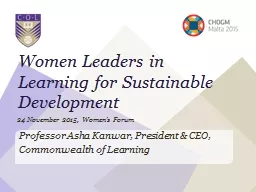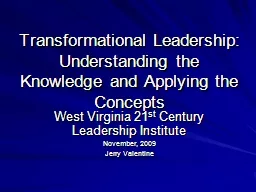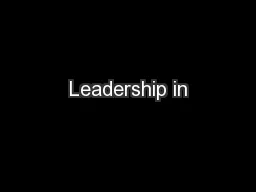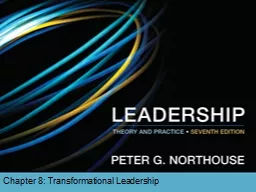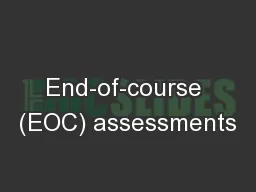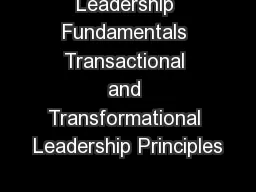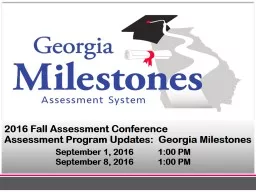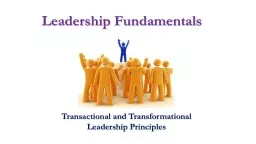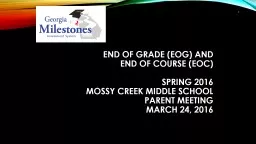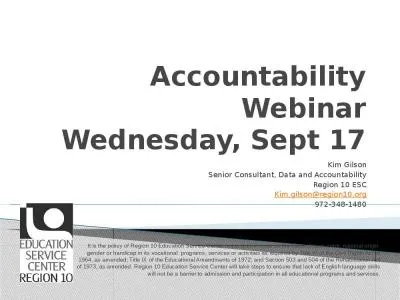PPT-EOC Test Preparation: Transformational Years
Author : liane-varnes | Published Date : 2020-04-06
The Civil Rights Movement Segregation still practiced in the south by law Segregation still practiced in the north despite no law enforcing it Discontent over treatment
Presentation Embed Code
Download Presentation
Download Presentation The PPT/PDF document " EOC Test Preparation: Transformational ..." is the property of its rightful owner. Permission is granted to download and print the materials on this website for personal, non-commercial use only, and to display it on your personal computer provided you do not modify the materials and that you retain all copyright notices contained in the materials. By downloading content from our website, you accept the terms of this agreement.
EOC Test Preparation: Transformational Years: Transcript
Download Rules Of Document
" EOC Test Preparation: Transformational Years"The content belongs to its owner. You may download and print it for personal use, without modification, and keep all copyright notices. By downloading, you agree to these terms.
Related Documents

